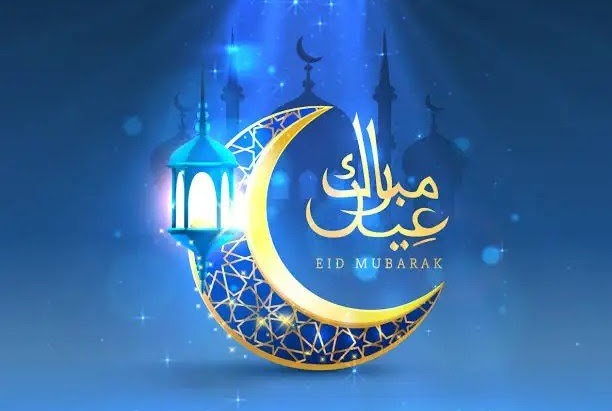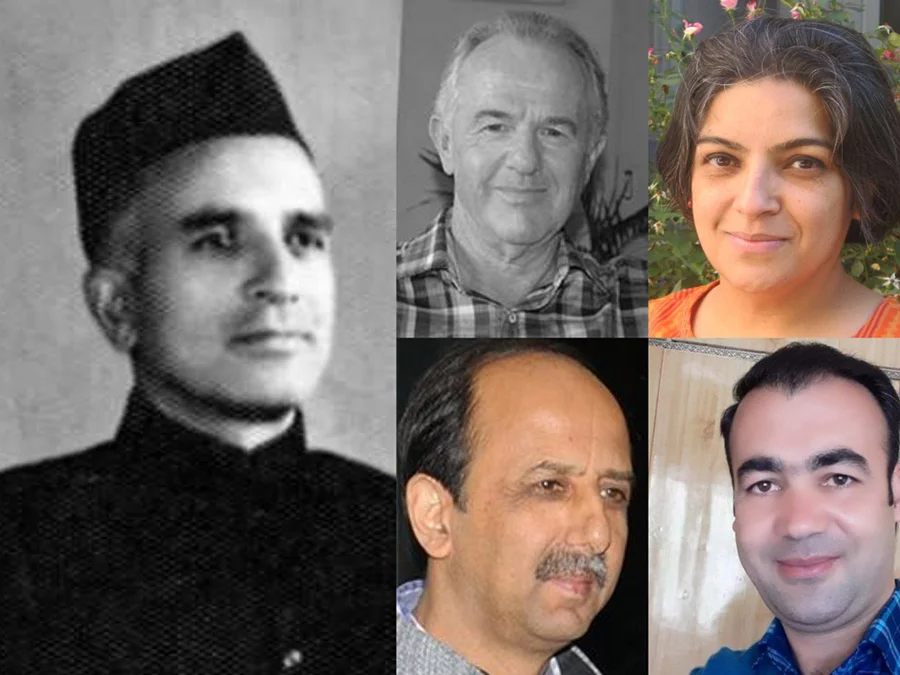
As a day of remembrance, Kashmir’s Martyrs Day this year paints a different picture due to altered equations in the valley post abrogation of Article 370, removal of 13 July from the list of state holidays and obviously the ‘invisible enemy’ looming large in Kashmir.
By Rakshanda Afrin
EVEN as Kashmir’s grand old political party—National Conference—put up a classic carnage capture of the day on its official twitter handle as a mark of tribute, there’s no official sanction for the 89th Martyrs’ Day in Kashmir in the pandemic-plagued 2020.
For the first time in years, there’re no public and political gatherings at the historic Mazar-e-Shuhada of Old Srinagar. An armoured vehicle was earlier seen at the gates of the martyrs’ cemetery situated nearby the revered shrine of the famous Sufi saint of Naqeshbandi order.
Restrictions coincided with the COVID lockdown return in the city and countryside “to tame the surging viral curve” in the valley.
Annually, Kashmiris would pay tribute to the 22 civilians who fell to Dogra police bullets this day, 89 years ago, at Srinagar’s Central Jail premises.
But once vibrant public event in the valley, the remembrance day over the years had become a hush-hush political affair, with local unionists arriving during wee-hours in the well-guarded cemetery for the hasty floral tribute.
The incidents of the day have been seen as the harbinger of the biggest show of struggle against suppression and autocracy in the valley. The developments following it have completely revolutionised the internal politics of the region for the years to come.
Over the years, however, as a torrent of narratives and accounts interpreted the day—July 13, 1931—differently, Kashmir Observer looks at how five contemporary historians have accounted and talked about the historic day in their own perspectives.
Prem Nath Bazaz
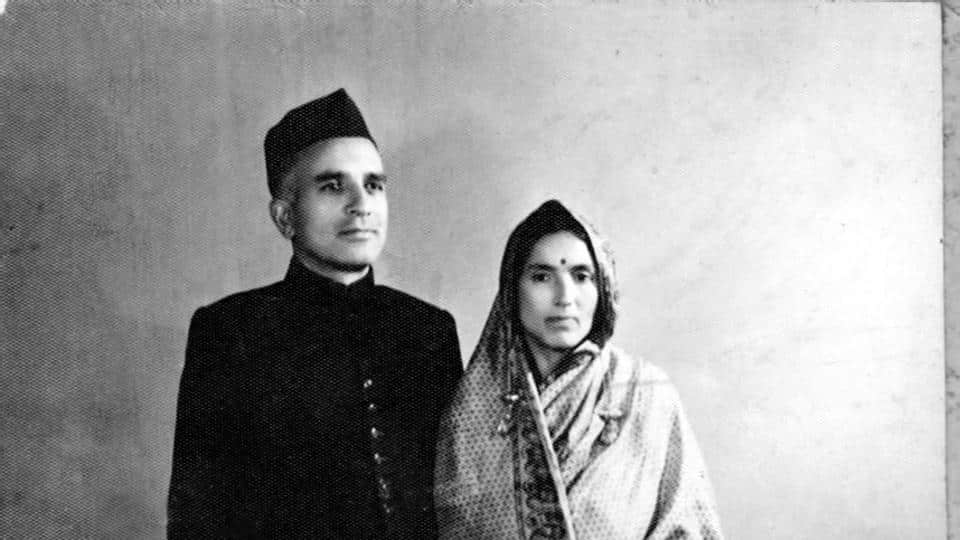
The prominent Kashmiri Pandit politician and writer wrote in great detail about his personal observations and political happenings of the 1931 uprising in his book, Inside Kashmir (1941).
Historically and politically, Prem Nath Bazaz writes, 13 July 1931 was the most important day in the annals of contemporary Kashmir.
“From this day,” he notes, “the struggle for independence and freedom in the most modern sense started openly.”
Bazaz, whose accounts continue to be indispensable in understanding the historical event, considered the anti-Dogra protests of the yore as the urgency of his Muslim counterparts—“who had been treated unfairly and harshly by the rulers, over the years”.
He went on to comment on his book, “Firstly, because contrary to all professions of treating all classes equally, it must be candidly admitted that Muslims were dealt with harshly in certain respects only because they were Muslims.”
Among the few Kashmiri Pandits, Bazaz had realised the end of the Dogra rule and saw the happenings of that day outside the Central Jail of Srinagar as the “watershed moment” in Kashmir’s socio-political history.
In July 1931, Bazaz subsequently observed, the Kashmiris rose in rebellion and turned the corner.
“It was an unprecedented elemental upheaval,” he writes, “almost a revolution which shook the State and brought the Dogra Raj to realisation of the stark reality.”
Mridu Rai

Historian and author of the much-acclaimed book, Hindu Rulers, Muslim Subjects: Islam, Rights, and the History of Kashmir (2004), Mridu Rai writes, “And it was 13 July 1931, not the familiar markers on the Indian independence movement’s calendar, that gave Kashmiri nationalism its first sacrificial deaths for commemoration.”
In her piece, “Memorializing 13 July 1931 in Kashmir”, the historian observes that the symbolic significance of the day is that it was for the first time that a gathering of Kashmiri Muslims had openly challenged the Maharaja’s rule.
In Rai’s opinion, events of that day were followed by rumours that were spreading throughout the valley about Hari Singh’s officials’ mistreatment and insults towards Muslims.
But the author does agree that all of the incidents which triggered such vehement reactions by the Kashmiris were born out of their discontent over a number of factors, and not purely religion.
Rai talks about how Abdul Qadeer’s, the disputed Pathan’s fiery and inflammatory speech, in a meeting at historic Khanqah-i-Moula that year against the Dogra rule and his subsequent arrest on June 25 had shaken the Muslim populace as well as Kashmiri Pandits and other Hindus.
In the days preceding the dreadful day of 13th July of 1931, both sections comprising the vocal majority Muslims, and minority Hindus—“who until then enjoyed primacy and security under Maharaja’s rule”—started raising their voices almost like a confrontational situation.
Rai believes that the events of July 1931 had given rise to a number of new political actors and competition among leaders who would go on to capitalise on the valley’s restiveness.
Tracing the significance of this particular day to the present scenario, Rai upheld that such days of remembrance and commemoration of the sacrificial deaths are not to be seen only in vacuum and as events of the past.
“It also shapes and constructs meaningfulness in the present and future,” she asserts.
Christopher Snedden
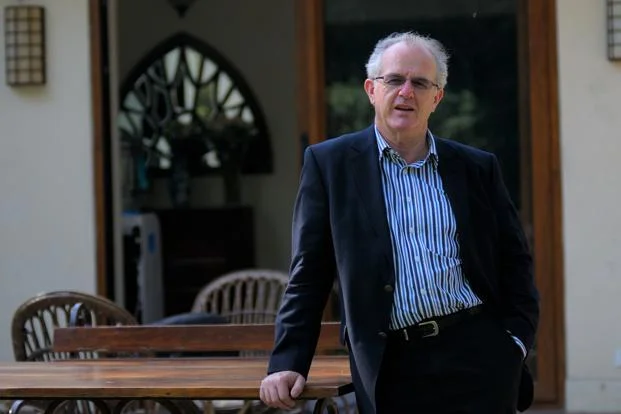
In his book, Understanding Kashmir and Kashmiris, Christopher Snedden writes about the event of July 13, 1931 when “Kashmiris mounted a serious anti-Maharaja uprising in the Kashmir valley.”
The Australian political scientist observes in his writing that the memorandum presented to the Viceroy in 1924 by some leading Kashmiris resulted in Maharaja’s excessively harsh treatment towards the petitioners and his Muslim subjects.
By 1931, the author mentions, the Kashmiris were ‘suppressed and sullen.’
Snedden sees the particular incident of alleged desecration of the Quran by a Hindu cop in Mirpur as a catalyst of the uprising.
The writer observes that the Kashmiris became particularly vocal after the 13 July incident of Maharaja’s police force brutality and killings of 22 civilians.
He mentions that Hari Singh’s heavy-handed arrests, imprisonments and further shootings and crackdowns on Kashmiri Muslims, resulted in significant popular unrest and violence throughout the provinces of Jammu and Kashmir.
“For maintaining law and order, the British had to send a troop of about 500 soldiers to support the ruler,” the author writes.
Snedden tells that the 1931 uprising had become a serious one, as the agitation and protests spread across.
“The uprising resulted in the rise of many prominent young voices such as Sheikh Muhammad Abdullah to the forefront,” he writes.
Khalid Bashir Ahmad

Khalid Bashir, the well-known historian of Kashmir: Exposing the Myth behind the Narrative, questions the allegations of widespread loots and arson at the hands of Kashmiri Muslims on July 13, 1931.
“Unsubstantiated and propagandist allegations were circulated to present 13 July 1931 as ‘The Black Day’ instead of ‘The Martyrs Day’ as the Muslims observe it,” Bashir writes.
The historian notes that most of the narrative was manufactured over the years around “incidents of fracas between aggrieved mourners and pro Maharaja sympathisers at few places, like Maharaj gunj, were converted into stories of large scale murders, lootings, raping and killings of the Hindus and Pandits”.
The authors observed that the Barjor Dalal’s Riots Enquiry Commission of 1931 did not come up with any evidence to establish the loots while many prominent Kashmiri Pandits like Gwasha Lal Koul, Jia Lal Kilam and P.N.K. Bamzai, who wrote in great detail about the incident of July 13, 1931, do not mention such “large scale loot” or any attack on Kashmiri Pandit properties.
Bashir believes much of the facts were twisted and presented in a way so “the victims of police firing on that fateful day are seen as ‘criminals’ attacking and organizing communal carnages thus getting killed in the process.”
Altaf Hussain Para
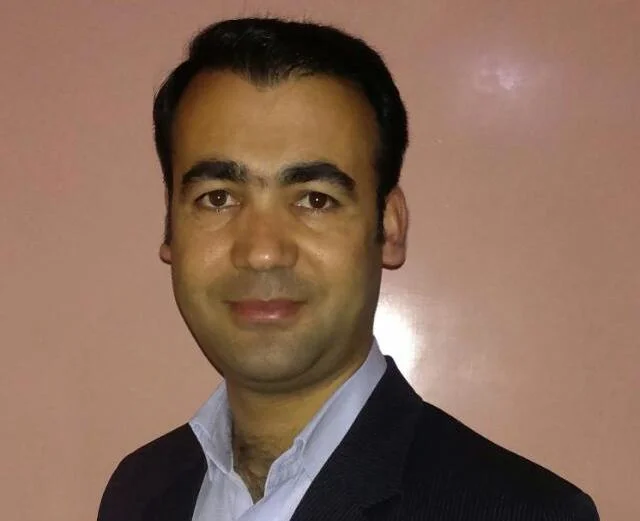
Author of The Making of Modern Kashmir, Aftaf Hussain Para writes in his book that the incidents of July 13, 1931, caused “a great uproar and it shocked the very foundations of the Dogra Raj.”
The historian wrote that huge public demonstrations against the autocratic Dogra ruler, protest rallies and bunch of meetings by the oppressed masses and fiery speeches by prominent public leaders such as Sheikh Mohammad Abdullah, Mirwaiz Mohammad Yusuf Shah, Abdul Rashid Tasir, were already happening during that year.
“But it was Abdul Qadeer’s emotional and stirring speech against the government followed by his arrest on charges of sedition which provided a fresh focus for public demonstration and protest,” he notes.
Para mentions that a huge crowd gathered at the gates of Srinagar Central Jail on the day of the hearing following which the angry crowd became uncontrollable and some of the Muslims forced their way into the outer compound of the jail.
On the order of the Magistrate, the police force retaliated and opened fire on the unarmed crowd.
“This very day saw the cold blooded massacre of twenty-two Muslims, and scores of demonstrators injured with bullets which went on to strengthen the national consciousness and struggle for freedom,” he writes.
Follow this link to join our WhatsApp group: Join Now
Be Part of Quality Journalism |
Quality journalism takes a lot of time, money and hard work to produce and despite all the hardships we still do it. Our reporters and editors are working overtime in Kashmir and beyond to cover what you care about, break big stories, and expose injustices that can change lives. Today more people are reading Kashmir Observer than ever, but only a handful are paying while advertising revenues are falling fast. |
| ACT NOW |
| MONTHLY | Rs 100 | |
| YEARLY | Rs 1000 | |
| LIFETIME | Rs 10000 | |








